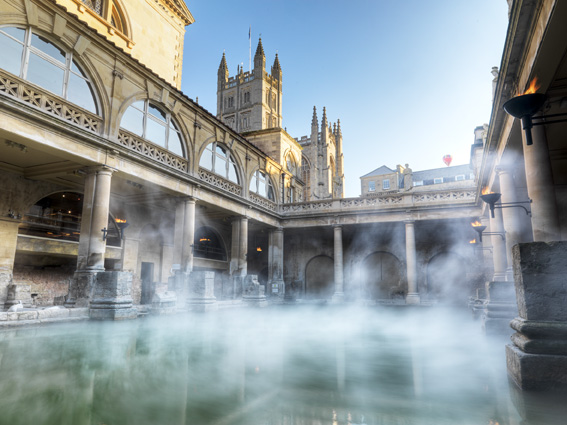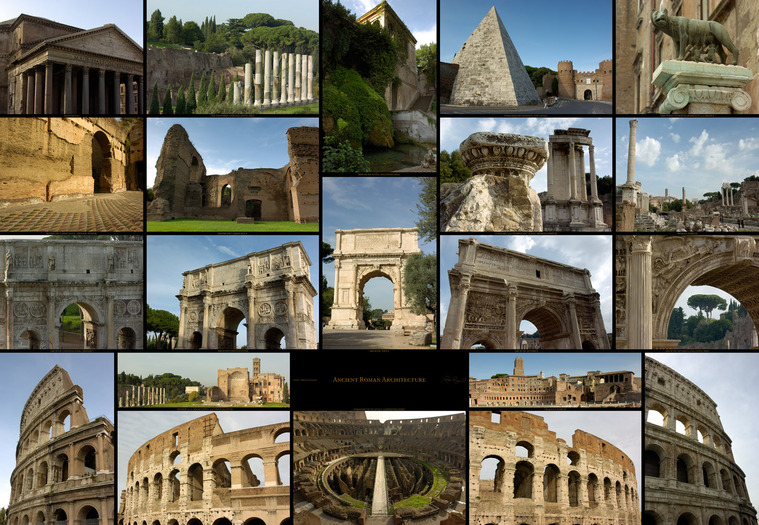


Roman Culture
Roman Baths
Roman Architecture
- There were no private baths for the poor, so they had to bath in public places developed by Augustus.
- Anyone could use the bathhouses, including the wealthy. (Roman Baths)
- Wealthy Romans may have thier own bath in their house, but there were large public ones that extended over several blocks. (Roman Baths)
- Bathing was a daily routine for most Roman men of all classes and several women too. (Roman Baths)
- Usually, men and women had different bathing hours depending on the times of the day. (Roman Baths)
- These baths were located within the walls of a building. (Roman Architecture)
- The baths were used for bathing, recreation, and sports. (Roman Baths)
- Some bathhouses had several public latrines. (Roman Baths)
- Roman engineers created a heating system using the heat from furnaces. (Roman Baths)
- Romans were known for their advancement in architecture and engineering. (Roman ArchitectureUNRV)
- The Circus Maximus and the Colosseum were exquisite buildings.
- The Pantheon was rebuilt as a temple for all gods and goddesses.
- Stone amphitheaters for gladiatorial games were built. (Roman Architecture)
- The Appian Way was the first major Roman road that was built to link Rome and southeastern Italy.
- They created aqueducts, or channels that carried water to different areas.
- The Romans borrowed many different ideas from others, such as a special design for columns from the Greeks.
- Three new ideas that the Romans used for building were arches, cement, and baked brick. (Roman Architecture)
- Soon, buildings became more elaborate by constructing them out of both brick and marble. (Roman Architecture)

